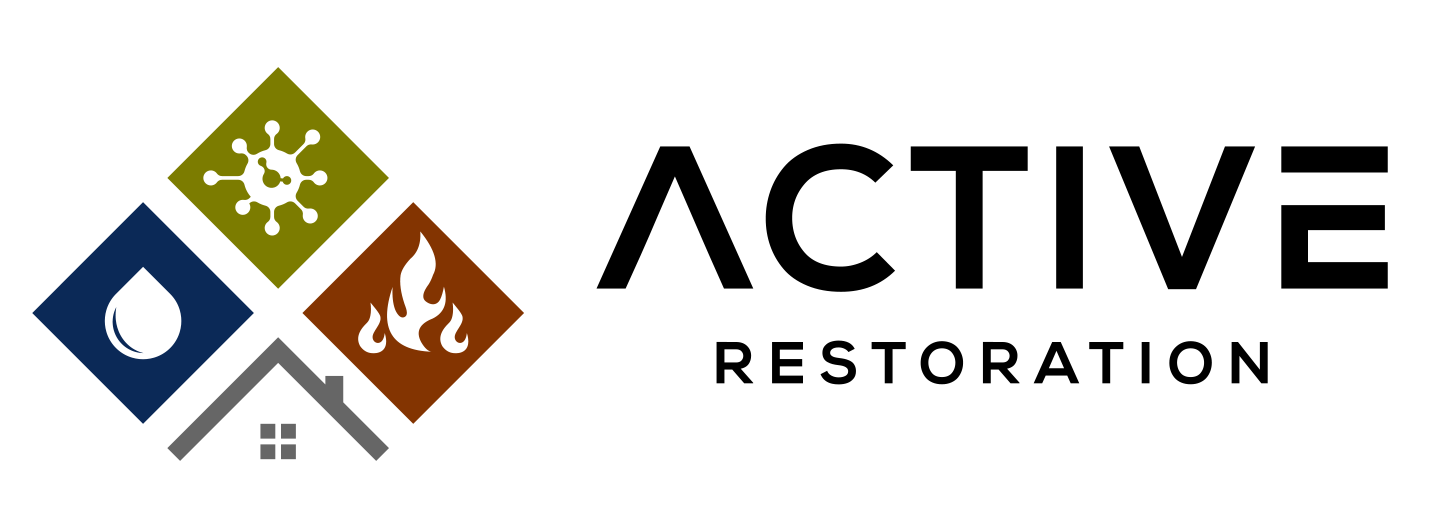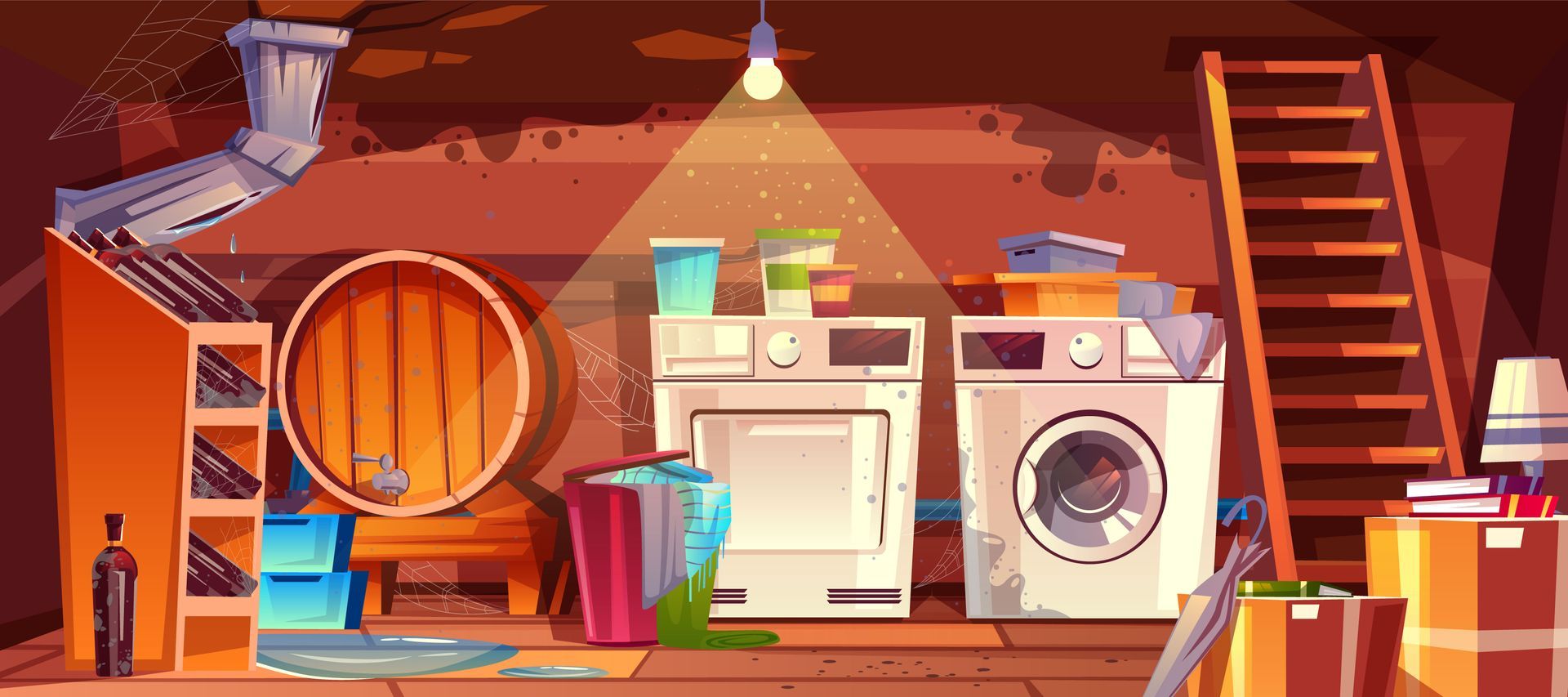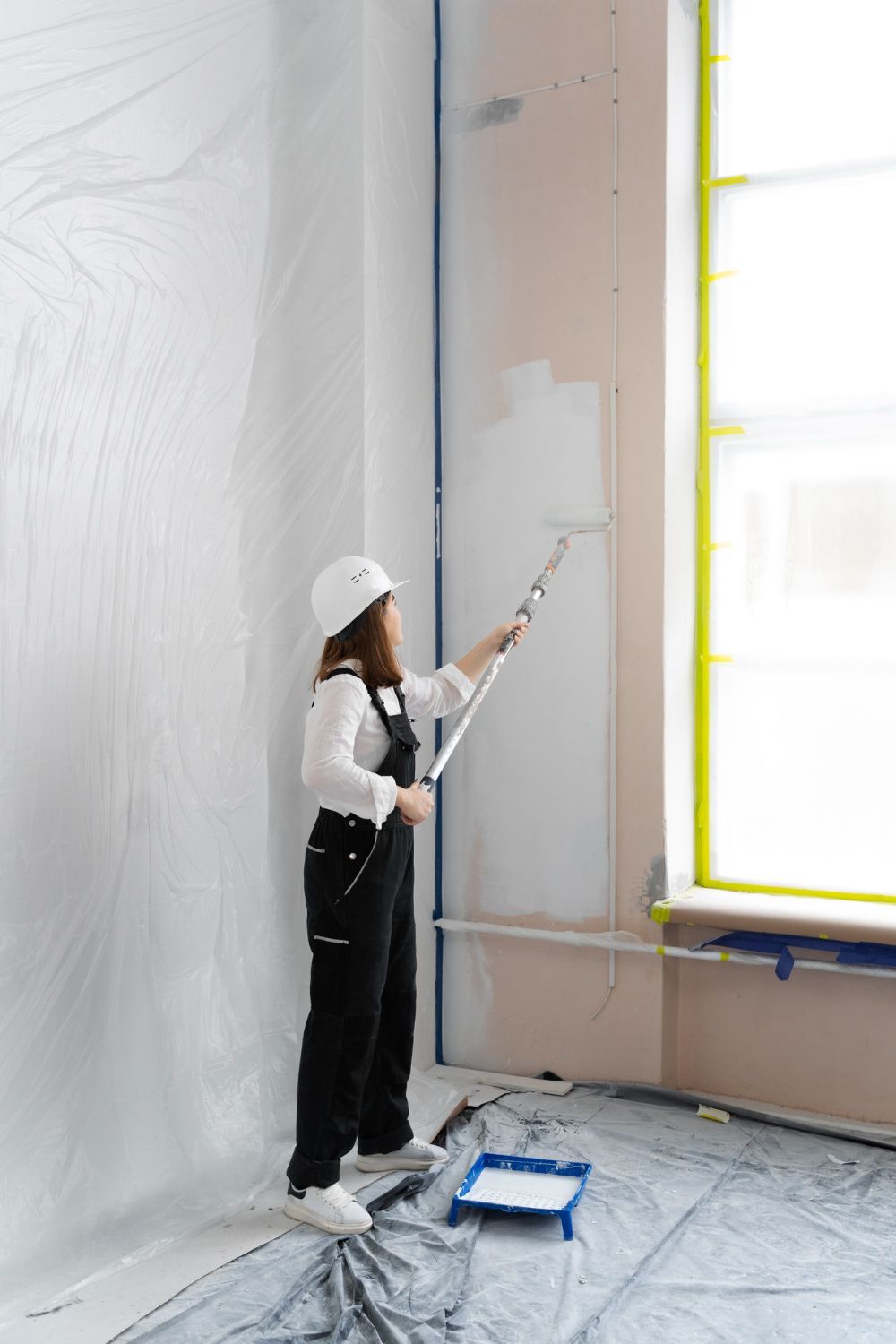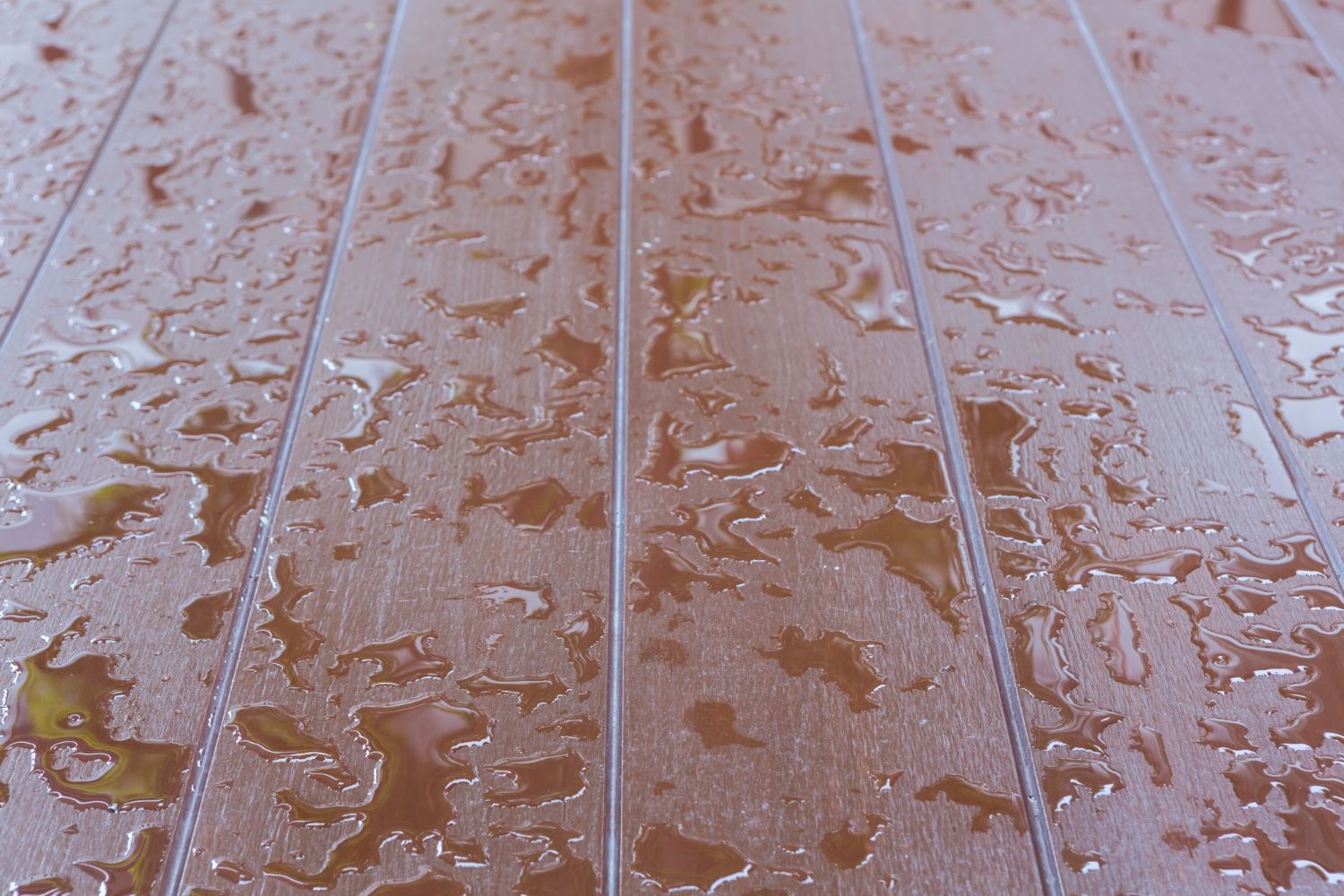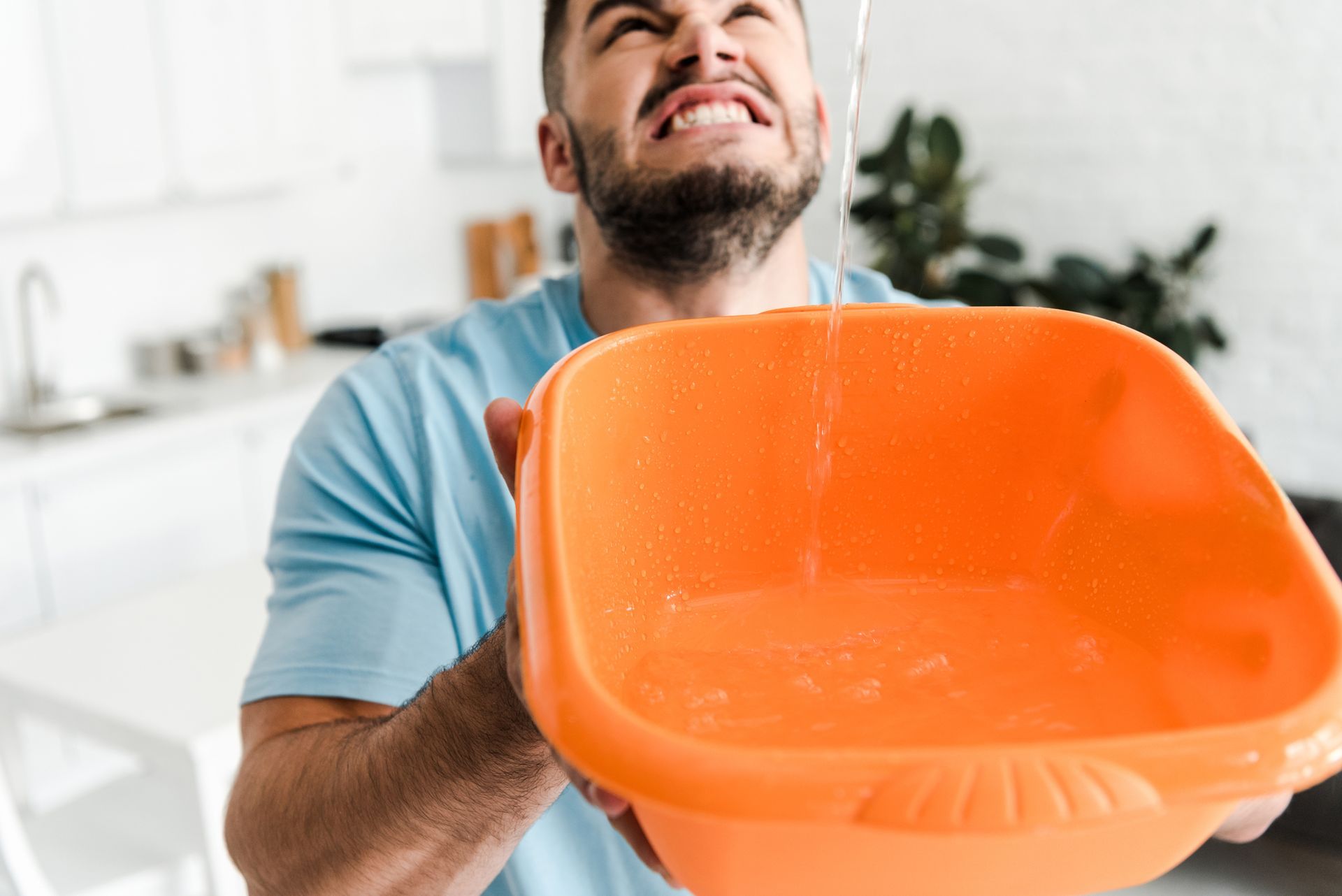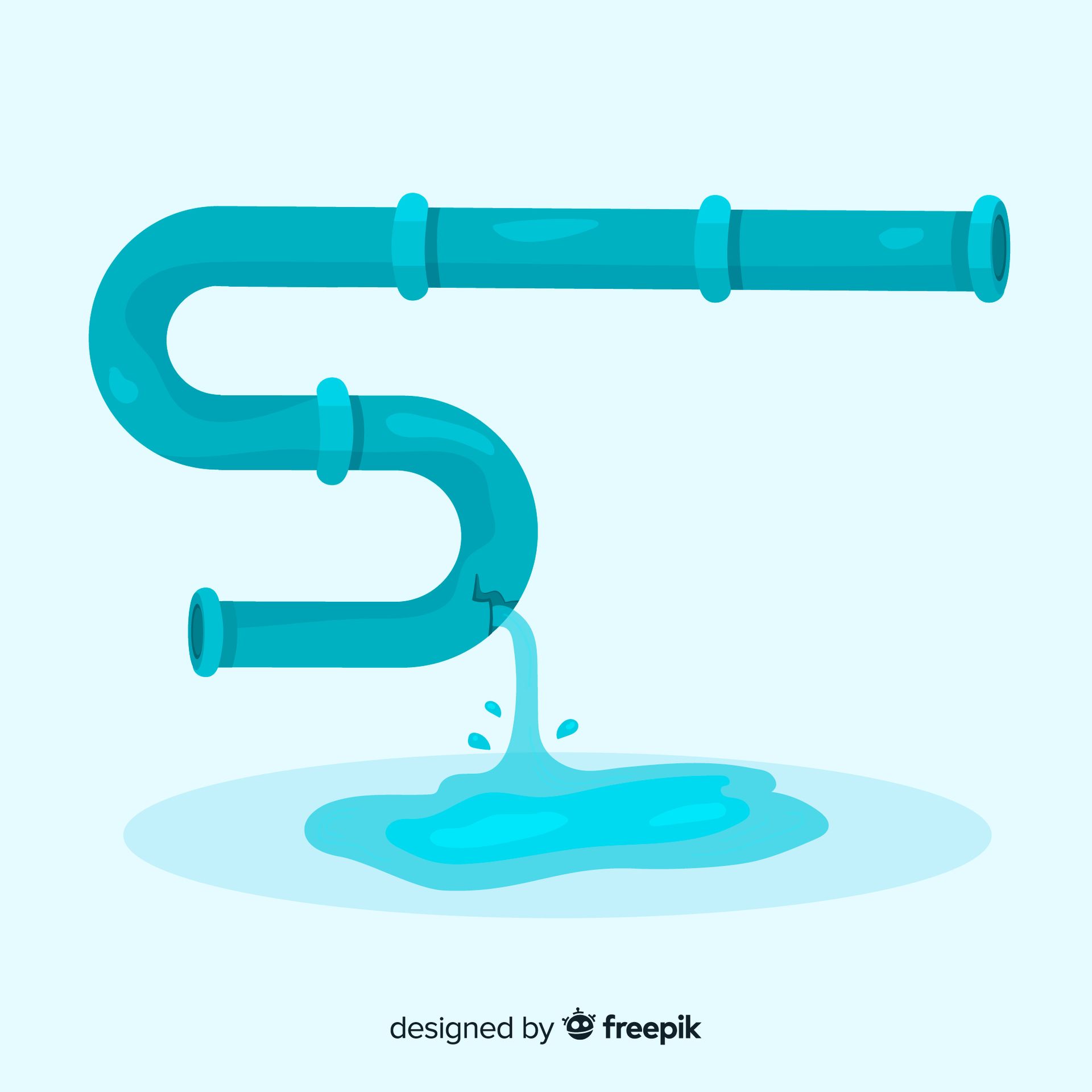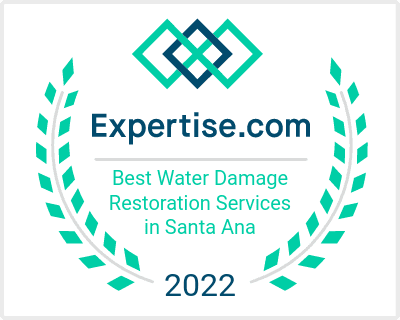Understanding the Varieties of Water Damage
Understanding the Varieties of Water Damage and Restoration Techniques
-Fountain Valley, CA
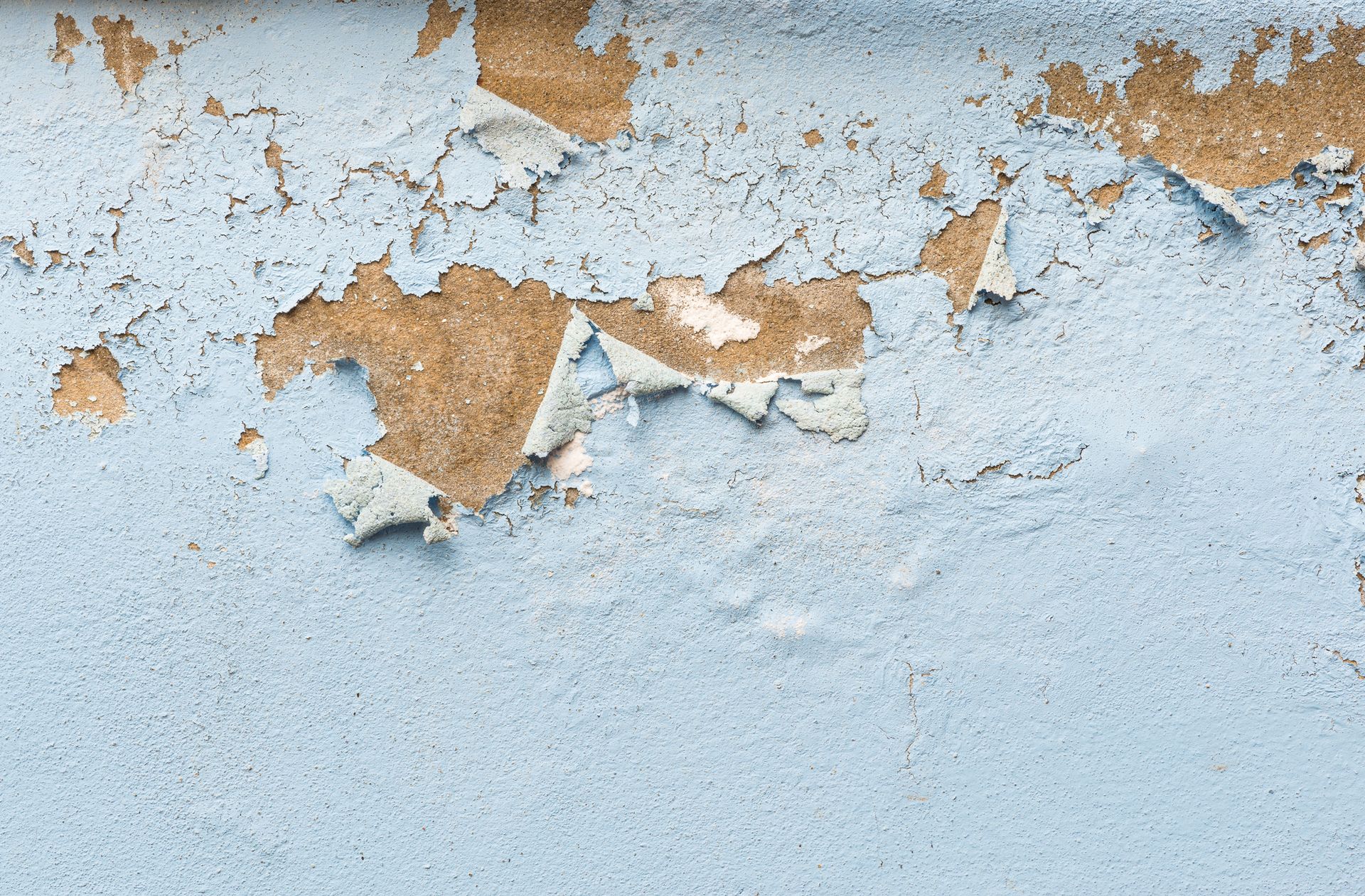
Water, essential for life, can also be a destructive force when it comes to our homes and properties. Water damage is a common issue that homeowners face, stemming from various sources such as burst pipes, leaking appliances, natural disasters, or even just prolonged exposure to moisture. Understanding the different types of water damage is crucial for effective restoration and prevention.
In this blog post, we'll delve into the various classifications of water damage and explore the restoration techniques associated with each.
- Clean Water Damage: Clean water damage, also known as Category 1 water damage, originates from sources that pose no substantial threat to humans. This type of damage often arises from broken water supply lines, tub or sink overflows, or melting snow or rainwater infiltration. While clean water damage may seem harmless, it can quickly escalate if left untreated due to the potential for microbial growth. Restoration for clean water damage typically involves extraction, drying, and sanitization to prevent mold and mildew.
- Grey Water Damage: Grey water damage, or Category 2 water damage, contains a significant level of contaminants that could cause discomfort or illness if ingested or exposed to the skin. This water may come from sources like dishwashers, washing machines, or toilet bowls (with urine but no feces). Grey water damage requires specialized restoration techniques, including thorough cleaning and disinfection. Failure to properly address grey water damage can lead to health hazards and structural deterioration.
- Black Water Damage: Black water damage, categorized as Category 3 water damage, is the most severe and hazardous type. It contains unsanitary agents, including bacteria, fungi, and other harmful microorganisms, often stemming from sewage backups, flooding from rivers or streams, or stagnant water. Restoration for black water damage involves extreme caution and adherence to safety protocols. Professionals equipped with personal protective equipment (PPE) and industrial-grade disinfectants are essential for mitigating black water damage and restoring affected areas safely.
- Structural Damage: Water damage doesn't just affect surfaces and belongings; it can also compromise the structural integrity of buildings. Prolonged exposure to moisture can weaken wood, corrode metal, and deteriorate concrete, leading to structural issues such as rotting beams, rusted supports, and foundation cracks. Restoration efforts for structural water damage may include drying out affected materials, repairing or replacing damaged components, and reinforcing weakened structures to ensure stability and safety.
- Hidden Damage: Not all water damage is immediately visible. Behind walls, under flooring, or within ceilings, water can silently wreak havoc, causing hidden damage that may go unnoticed until it's too late. Moisture meters and thermal imaging technology are invaluable tools for detecting hidden water damage. Restoration specialists must thoroughly assess affected areas to identify and address hidden moisture to prevent secondary issues such as mold growth and deterioration.
In conclusion, water damage comes in various forms, each requiring specific restoration techniques tailored to the severity and source of the damage. Whether it's clean, grey, or black water damage, or structural and hidden damage, prompt action and professional intervention are crucial for mitigating the impact and restoring affected properties to their pre-damage condition. By understanding the different types of water damage and employing appropriate restoration strategies, homeowners can safeguard their homes and belongings against the destructive force of water. Remember, when it comes to water damage, prevention and swift response are key, give Active Restoration a call.
